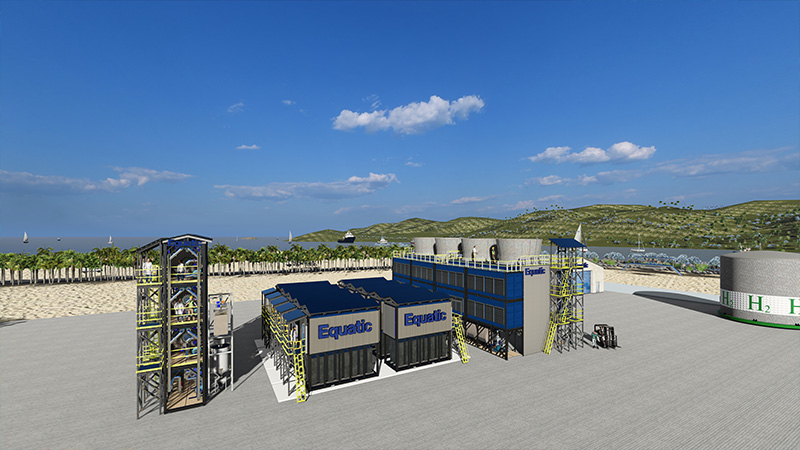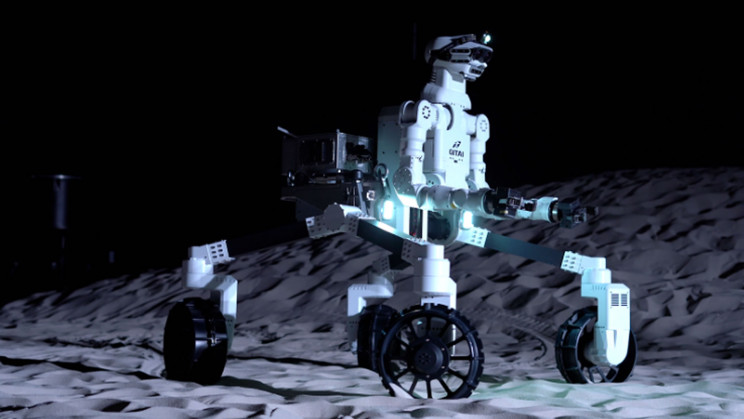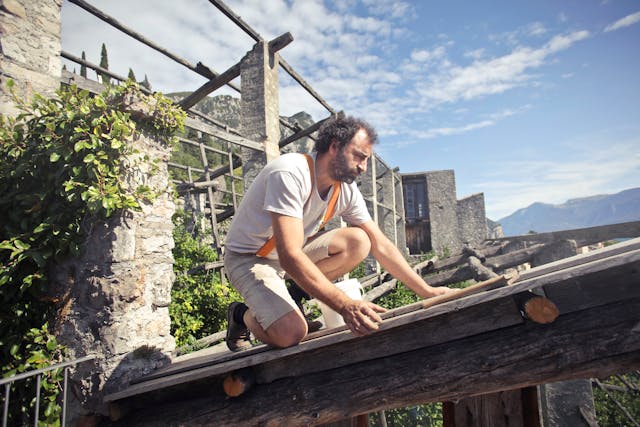When antimicrobial-resistant bacteria become a more real problem, scientists are racing to expand solutions against them. The four spikes on a new nanocrystal can spin up under light and move through the liquid to blast any bacteria in their path. The new development could spell trouble for bacteria that resist traditional drug treatments in the event that germs continue to evolve to evade our ways of killing them.
Some of the arsenal used against the superbugs have been used like tunable antibacterial polymers, the use of a virus to target bacteria to go dormant to avoid detection, or a coating turned hospital curtains into bacteria-blasting surfaces. Currently, researchers at the Institute of Chemical Research of Catalonia (ICIQ) in Tarragona, Spain, have added silver micromotors into the flight as well.
The researchers have produced crystal motors made from silver phosphate and these crystals measure just five micrometers wide. When these crystals are put into water and exposed to light, they start to dissolve, which releases oxygen, silver ions, and free radicals. The release of these compounds not only caused the crystals to drive around the liquid, but the released silver ions also weakened the walls of bacteria in the water causing them to wither and die.
Silver has been studied as a way to fight infection, containing antibacterial properties with silver salts used to heal wounds in Ancient Greece 3,000 years ago.
However, the new method is said to add in propulsion, so the ions are more widely dispersed. This makes them even more effective in degrading nearby bacteria including Gram-negative (Escherichia coli) and Gram-positive (Staphylococcus aureus) bacteria, known as two strains that are developing resistance to traditional treatments.
Until now, antibiotic resistance has been a major global health threat. It is estimated that the death toll could rise to 10 million people a year by 2050, equating to $100 trillion in health care costs if we don’t have the development of new antibacterial therapies.
Previously, the team has used micromotors covered in laccase to turn urea into ammonia, a potential source of fuel. According to the study, after its silver crystals drive around and dissolve, the silver particles can be also recovered through a filtration process and used again.







